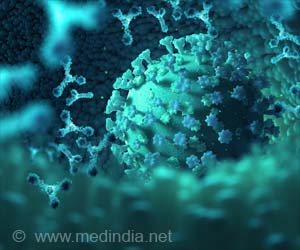The Alzheimer’s Disease Association estimates more than 6 million Americans suffer from that condition, and another 1 million have Parkinson’s, according to the Parkinson’s Foundation.
Any individual’s risk of developing a neurological disease increases with age, which means that with people living longer, a growing number of cases is likely coming over the next few decades, the NIH says.
Franco, assistant professor of biochemistry and biophysics, explains that with medical conditions involving inflammation, including neurogenerative disorders, diseased cells produce peroxynitrite – the most powerful oxidant a cell can make.
An oxidant, also referred to as an oxidizing agent or oxidizer, is anything able to oxidize other substances – i.e., take electrons from them in chemical reactions. Oxidative stress brought on by inflammation results in the production of oxidants and free radicals that can damage cellular molecules such as DNA, lipids and proteins and cause a range of health problems.
Franco and collaborators at Oregon State, the University of Central Florida and Rollins College found that when peroxynitrite oxidizes Hsp90 – short for heat shock protein 90 – it triggers the activation of signals inside of the cells that lead them to die by “suicide” in a process called apoptosis, Franco said.
“We had earlier found that oxidation of specific molecules by peroxynitrite leads to the death of motor neurons, the cells that carry signals from the brain to the muscles to coordinate muscle movement,” said OSU’s Maria Clara Franco. “Now we know that the oxidation of different parts of Hsp90 can elicit different toxic functions in the protein.”
The normal function of Hsp90 is to support healthy cellular processes, but oxidation can have profound effects on the three-dimensional structure of a protein such as Hsp90, altering its function, Franco said.
“By understanding the ways that oxidation modifies the Hsp90 structure, and how the oxidized protein works in the cells, we can look for drugs that bind to the modified structure of Hsp90 and stop its toxic function without affecting the activity of normal Hsp90 in healthy tissues,” she said. “That means such drugs should have minimal to no side effects.”
Oregon State undergraduate student Asra Noor helped Franco lead the study along with Megan Jandy and Pascal Nelson, researchers at the University of Central Florida. Collaborators also included Carrie Marean-Reardon, Ryan Mehl and Alvaro Estevez of OSU.
The National Institutes of Health supported this research.
Source: Eurekalert



